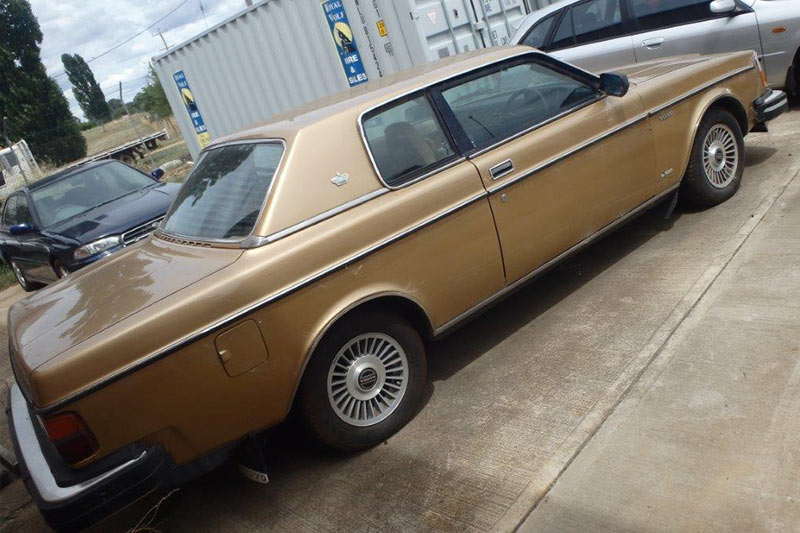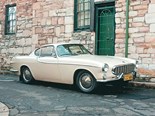1980 Volvo 262C - Our Shed



|
Seemingly unable to satisfy his craving for things Swedish by hanging around Ikea, GT's is trying plan B
1980 Volvo 262C
Thanks largely to the efforts of Unique Cars magazine’s own racer extraordinaire, John Bowe, and others such as fellow racer Robbie Francevic, many Aussie car enthusiasts have a begrudging respect for the Volvo brand. JB’s and Francevic’s track antics in Volvos – known as the Flying Bricks, thanks to the car’s slab-sided bodies but with blistering turbo performance – against Commodores and Falcons were a highlight of Australian Group A racing through the mid-1980s.
Prior to that, in 1979, a Volvo 244 came fourth in the gruelling two-week, 20,000km around-Australia Repco Reliability Trial behind the Brock-led podium-scoring three-car team of VB Holden Commodores. And it’s no secret Holden engineers used the Volvo as one of its ride, handling and reliability benchmarks when it was developing the VB Holden Commodore.

Fewer car nuts, however, will have ever realised that for much of the 1970s and 1980s, Volvos were assembled in Australia. Beginning with the 144, they came from the same Motor Producers factory in suburban Melbourne (Clayton) as VW Beetles and Type 3s, and Datsuns from 1600s to Pintara. This contract-assembly of Volvo 2-series and 7-Series models (then by Nissan Australia) ended in 1988. There’s some trivia for you!
Even fewer will know of the rare and special Volvo 262C. With a low-lidded turret and laid-back windscreen pillars, it is more-or-less Volvo’s Monaro; a two-door coupe based on the conventional family-car floor, suspension and mechanicals. But unlike a Holden Monaro (or an XA-XC Ford Hardtop) the 262C retained the below-the-window-line sheet-metal of the two-door sedan, best known to Aussies as the silver-with-stripes Volvo 242GT that Bowe and Francevic’s track special was loosely based on. Like most Aussie-sold Volvos, the 262C wasn’t made in Volvo’s Swedish factory, instead being assembled elsewhere from kit-sets – and with the modified body panels crafted – by small-production experts Bertone, in Italy.

In some ways, the 262C replaced Volvo’s pretty but superseded P1800S as an image leader in Volvo showrooms, but the 262C swapped the earlier, curvier car’s more sporting sizzle for more of a Gran Turismo character; larger size, greater weight and swathes of hand-stitched leather to appeal to the American personal coupe market. Power came from Volvo’s all-alloy B27E 2664cc V6 engine with fuel injection and either a four-speed (with electric overdrive) or a three-speed automatic transmission. Later, the engine (also used by Renault and Peugeot – it was designed by the three companies and made in France) was increased to 2.8-litres.
Despite being more Elvis than Levis, the 262C sold almost double its expected numbers internationally – more than 6600 were made between 1977 and 1981. Its biggest market was America, but it was available elsewhere, too, including Australia, where in 1980 the locally delivered cars’ $33K price was more than 12 grand more than the top-line four-door 264GLE.

And this month, the Volvo 262C celebrates its 40th birthday! That makes me rather happy as I’ve just bought one! Stay tuned.
Unique Cars magazine Value Guides
Sell your car for free right here
Get your monthly fix of news, reviews and stories on the greatest cars and minds in the automotive world.
Subscribe

.jpg)














